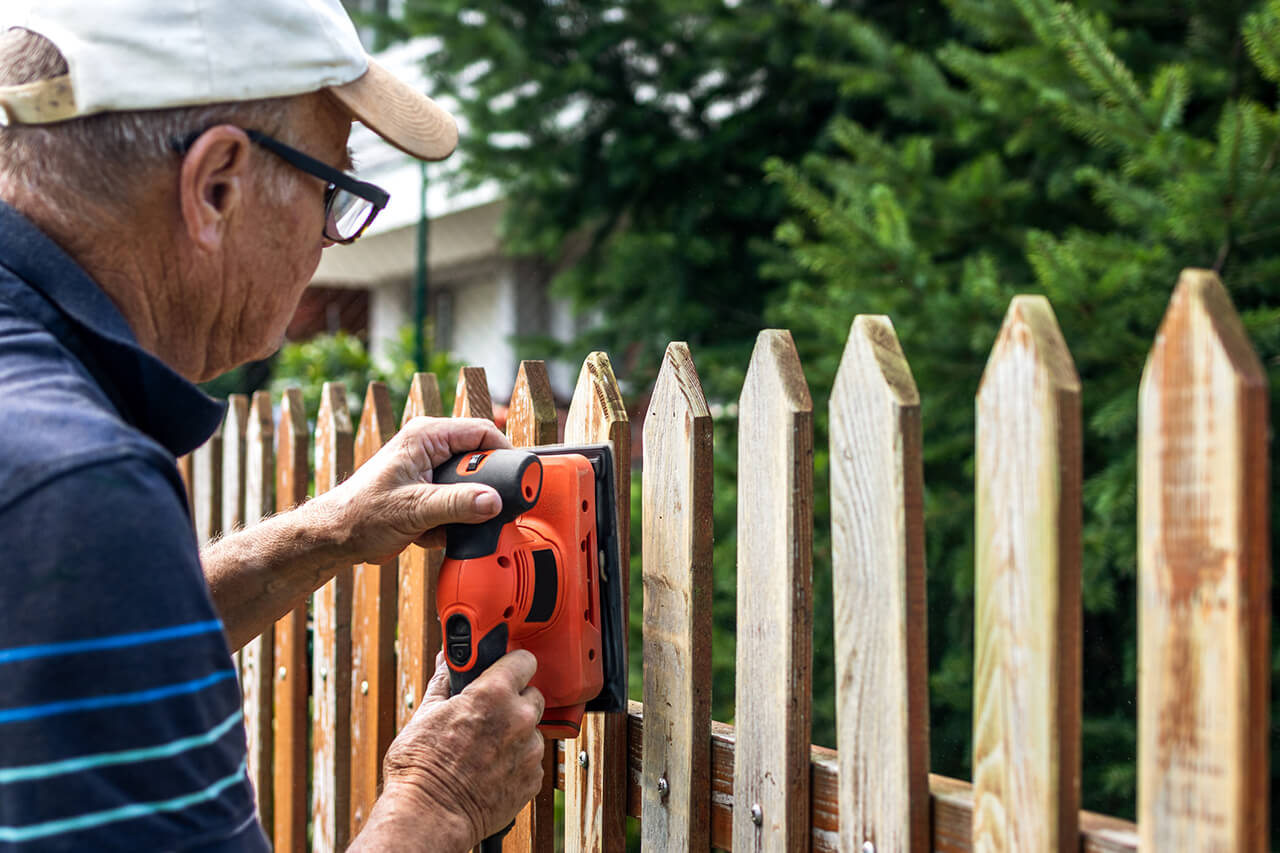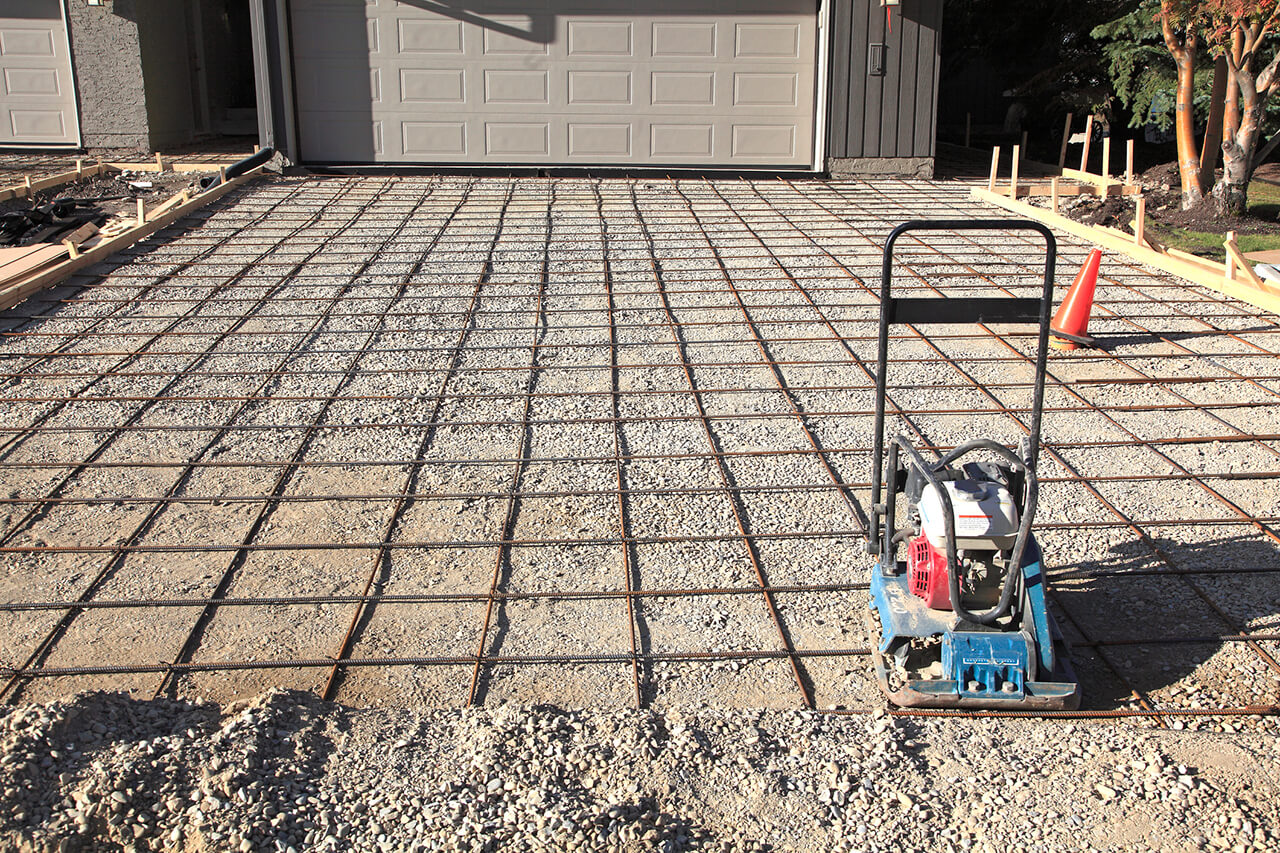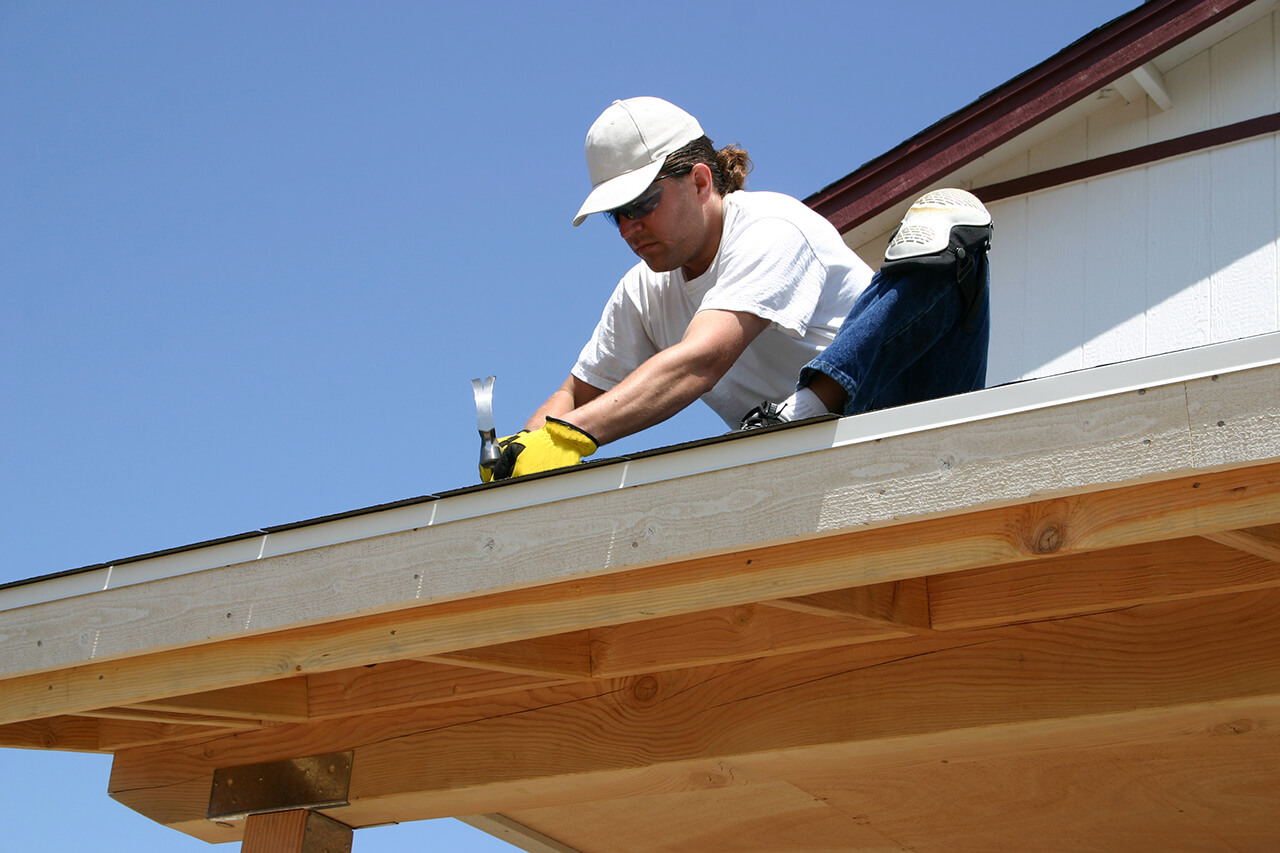How Much Does It Cost to Install a Propane Furnace in 2025?


Highlights
Installing a propane furnace costs $4,000 on average, with most homeowners spending between $3,000 and $6,000.
Key cost factors include the climate zone, home size, and furnace type.
Modulating furnaces have the highest upfront cost but are the most efficient.
A high-efficiency furnace means you’ll pay less in long-term utility costs.
Labor costs for furnace installation typically range from $1,000 to $3,100.
Installing a propane furnace costs between $3,000 and $6,000, with most people spending around $4,000. Replacing a simple furnace, like-for-like, can cost as little as $1,800, while replacing a high-efficiency propane furnace and replacing or repairing the peripherals can cost you $7,000 or more.
Average Propane Furnace Installation Costs
| Average Cost | High Cost | Low Cost |
|---|---|---|
| $4,000 | $6,000 | $3,000 |
Propane Furnace Installation Cost Factors
Your climate zone, the size of your home, and the type of propane furnace you choose significantly affect your total furnace installation costs.
Climate
The primary factor in furnace selection is its size or British thermal unit (BTU) output. To figure out how many BTUs you need, multiply your home's square footage by your zone's recommended BTUs per square foot. For example, if you're in Zone 3 and have a 2,500-square-foot home, multiply 2,500 by 40 or 45 for a BTU output of 112,500.
Take a look at the recommended BTUs per square foot for each climate region in the U.S. and how many BTUs per hour you'd need for a typical 2,500-square-foot house in each zone:
| U.S. Climate Zone | BTUs per Sq. Ft. per Hour | BTUs per Hour for 2,500 Sq. Ft. |
|---|---|---|
| Zone 1 | 30–35 | 75,000–87,500 |
| Zone 2 | 35–40 | 87,500–100,000 |
| Zone 3 | 40–45 | 100,000–112,500 |
| Zone 4 | 45–50 | 112,500–125,000 |
| Zone 5 | 50–60 | 125,000–150,000 |
BTUs
Once you know how many BTUs you need, use the table below to get an idea of the cost of the furnace you need to heat your home adequately:
| Furnace Size (BTU per Hour) | Average Cost Range (All-In) | Average Cost (All-In) |
|---|---|---|
| 40,000 | $2,000–$5,200 | $3,600 |
| 50,000 | $2,050–$5,300 | $3,680 |
| 60,000 | $2,100–$5,400 | $3,750 |
| 70,000 | $2,200–$5,500 | $3,850 |
| 80,000 | $2,300–$5,700 | $4,000 |
| 90,000 | $2,400–$5,900 | $4,150 |
| 100,000 | $2,500–$6,000 | $4,250 |
| 120,000 | $2,600–$6,200 | $4,400 |
| 140,000 | $2,700–$6,300 | $4,500 |
Home Size
It’s important to find the right propane furnace for the size of your home. A unit that’s too small may work too hard and fail to warm your space, while a unit that’s too big will cost an unnecessary amount to run.
Other factors like climate also impact your furnace decision. The following table provides a basic estimate for furnace unit costs based on the size of your home.
| Home Size in Sq. Ft. | Average Unit Cost |
|---|---|
| 800 | $800–$1,800 |
| 1,000 | $1,000–$2,100 |
| 1,200 | $1,200–$2,800 |
| 1,500 | $1,500–$4,000 |
| 2,000 | $1,800–$6,000 |
| 2,500 | $2,000–$8,000 |
Furnace Type
There are three types of propane furnace, each offering different efficiency levels and coming at a different upfront cost. Differences in installation costs are often offset by long-term running costs.
| Propane Furnace Type | Average Cost Range (All-In) | Average Cost (All-In) |
|---|---|---|
| Single-stage | $1,600–$4,400 | $3,000 |
| Two-stage | $1,800–$5,900 | $3,850 |
| Modulating | $2,300–$6,700 | $4,500 |
Single-Stage
Single-stage furnaces cost between $1,600 and $4,400, with most people paying around $3,000. These are the simplest furnace types with only two settings: on and off. When the temperature drops sufficiently, the furnace starts up at full speed to raise the temperature and immediately switches off when it reaches its target. It stays dormant until the temperature drops a few degrees below the target, then turns back on at full force.
This simple system is the least expensive to install but the most expensive to run because it consumes more propane per hour than other types.
Two-Stage
Two-stage propane furnaces range from $1,800 to $5,900. On average, homeowners spend around $3,850 to install a two-stage propane furnace. These units have three settings: off, low, and high. If the house is cold, the furnace uses the high setting to reach the desired temperature, then switches to the low setting to maintain the temperature.
This setup keeps your home more consistently comfortable and uses less propane, making it more affordable than a single-stage furnace.
Modulating
A modulating propane furnace costs approximately $2,300 to $6,700, with an average price point of $4,500, including installation. Also known as a continuous furnace, a modulating model runs continuously with multiple settings.
Although it's always on, it has more finesse than other types, consumes less fuel, and is much more efficient. These units cost more upfront but are much more energy-efficient and cost-efficient over time.
Brand
The brand you go with can have a big influence on cost. Don't just go with the least expensive option. Shop around, choose the right furnace for your home, and look at the extras you get for your money, such as service agreements or extended warranties.
| Brand | Average Cost Range (All-In) | Average Cost (All-In) |
|---|---|---|
| American Standard | $2,800–$7,700 | $5,250 |
| Bryant | $2,100–$5,600 | $3,850 |
| Carrier | $2,200–$6,300 | $4,250 |
| Coleman | $1,900–$5,500 | $3,700 |
| Goodman | $1,800–$5,000 | $3,400 |
| Lennox | $2,500–$7,200 | $4,850 |
| Rheem | $2,200–$6,100 | $4,150 |
| Trane | $2,400–$6,700 | $4,550 |
| York | $1,900–$5,300 | $3,600 |
Efficiency
You can choose between a standard-efficiency furnace or a high-efficiency one. Standard-efficiency models cost less upfront but only achieve between 80% and 90% efficiency. That means that for a 100,000 BTU-rated furnace, you'd only get between 80,000 and 90,000 BTUs of heat into your home. The rest is wasted energy.
On the other hand, a high-efficiency propane furnace achieves 90% to 99% efficiency, so there's much less wasted energy. Although a high-energy propane furnace costs more upfront, it's less expensive to run per hour, adding significant savings over time.
| Efficiency Type | Annual Fuel Utilization Efficiency | Average Cost Range |
|---|---|---|
| Standard-efficiency | 80%–90% | $1,600–$5,000 |
| High-efficiency | 90%–99% | $1,900–$6,400 |
Materials
The furnace itself costs between $600 and $3,600. Standard-efficiency, single-stage furnaces are priced toward the lower end of the range, while high-efficiency, modulating furnaces fall on the upper end. The cost of additional materials—such as ductwork, pipes, insulation, propane tank, and drain lines—can add an extra 25% to 50% to your material costs.
Other Propane Furnace Cost Factors
You'll pay more in labor and materials if you need anything other than a standard installation. Take a look at some common tasks that influence the price of furnace installation.
Labor
Typically, labor costs between $1,000 and $3,100 for an average propane furnace installation.
Many pros charge by the job and provide a total installation quote. Others may charge by the hour—in this case, expect to pay between $75 and $150 per hour, with standard installations taking between 10 and 20 hours. You'll pay more for extra work like installing new intake lines, exhaust pipework, insulation, new ductwork, and HVAC zoning.
Installing a New Furnace and Ductwork
If you're installing a new furnace and all the necessary ductwork, you'll likely spend between $5,000 and $12,000, including labor. This includes new ductwork, priced at about $2,000 to $6,000, alongside the furnace.
Converting to Propane
If you already have a natural gas furnace, it may be able to burn propane instead with minimal setup needed. Alternatively, you may have to buy a conversion kit, which costs between $75 and $250.
If you want to convert an electric furnace to propane, expect to pay between $4,500 and $10,000. If you have an oil furnace, you'll spend between $6,500 and $13,000 to convert it to a propane model.
Running Costs
Propane costs more per hour than natural gas but less than oil and electricity. To work out exactly what you'll pay, you need to do some calculations. First, find the current average propane cost in your area, according to the U.S. Energy Information Administration. Then, take the average national price, which is currently at $2.66. The BTUs per gallon is 91,547. Lastly, you’ll need to know your home's square footage and climate zone.
For example, a 2,500-square-foot house in Zone 3 requires 40 to 45 BTUs per square foot. We'll use the higher per-square-foot number. Multiply the square footage by the per square foot BTUs, or 2,500 x 45 = 112,500 BTUs per hour.
Take that figure, which is the required number of BTUs per hour, and divide that by the BTUs per gallon to find out how many gallons per hour: 112,500 / 91,547 = 1.23 gallons per hour. Multiply the cost of propane per gallon in your area by the required gallons per hour: 1.23 x $2.66 = $3.27. So, it would cost $3.27 per hour to run a propane furnace in a home with these specifications.
Maintenance Costs
Maintenance costs on a newer furnace should be minimal. However, hiring a pro for annual or biannual furnace service, inspection, and tune-up is advisable. This costs around $200 to $400 but helps to stave off significant problems and keeps your furnace working at peak efficiency. Repairing a furnace costs considerably more than regular servicing.
Adding Central Air
If you have a furnace, you can use the same ductwork to add central air. Installing central air costs between $3,900 and $7,900 on average. It's a good option for cooling the air in your home year-round, using propane and forced air in the winter and electric air conditioning during the warmer months.
Installing a Propane Tank
If you don't already have a propane storage solution in place, you'll need to rent or buy one. Installing a propane tank costs between $280 and $8,150, depending on whether it's above-ground or below. If you want a buried tank, you'll pay considerably more for the installation because of the excavation cost. Propane tanks are priced at about $30 to $3,500 for the unit, depending on the size and type.
Does Installing a Propane Furnace Increase Home Value?
Installing a furnace is generally considered to increase home value, especially for homes in colder climates. A propane furnace's value depends on your existing furnace and the efficiency of the new model. For example, if you currently have a relatively new, efficient furnace, you may not see a significant return on investment if you switch to propane. However, if your current furnace is unreliable, a new propane furnace can significantly increase your home value.
You’ll also typically see a higher return on investment for high-efficiency propane furnaces. These cost less to run, meaning you or a potential buyer will pay less in utility bills. Whether or not you’re planning to sell, a high-efficiency furnace can deliver cost-saving benefits.
Budgeting for a Propane Furnace
Installing a propane furnace is a challenging task that requires the skills and knowledge of a professional to ensure safe installation. However, there are several tasks you can take on to ensure your installation stays on-budget:
Book ahead: Furnace installations tend to be most costly during the winter when furnace failures are more common. If your furnace is becoming unreliable, plan ahead and book during the warmer months when furnace installation pros are less busy.
Consider long-term costs: Lower-efficiency models have a lower upfront cost but can become more expensive in the long run. High-efficiency models help you save on utility bills, while a good-quality furnace with a strong warranty can save you on repair and replacement costs.
Look for energy-efficiency rebates: Depending on where you live, you may be able to access grants and rebates for installing or converting your furnace to a more energy-efficient model. Before you purchase a furnace, research local, state, and federal initiatives that may help you offset installation costs.
Contact multiple pros: Reach out to several furnace installation professionals in your area to compare quotes and find the best fit for your home.
How HomeAdvisor Gets Its Cost Data
No place is more important than your home, which is why HomeAdvisor connects homeowners with local pros to transform their houses into homes they love. To help homeowners prepare for their next project, HomeAdvisor provides readers with accurate cost data and follows strict editorial guidelines. After a project is complete, we survey real customers about the costs to develop the pricing data you see, so you can make the best decisions for you and your home. We pair this data with research from reputable sources, including the U.S. Bureau of Labor Statistics, academic journals, market studies, and interviews with industry experts—all to ensure our prices reflect real-world projects.
Frequently Asked Questions
A propane furnace burns propane or liquid petroleum gas (LPG) to heat air, which moves through the ducts and into the rooms of your home. The propane is stored in an outdoor tank and connected to the furnace by a fuel line known as a forced air system. Unlike with a boiler system, there's no need for radiators with a forced air furnace.
A propane furnace lasts between 15 and 20 years. With regular maintenance, it could last much longer, with some furnaces lasting up to 50 years. As your furnace ages, it may need some basic repairs. Some people prefer to replace a furnace rather than do any repairs if it’s out of warranty.
Yes, propane furnaces are efficient. A low-efficiency furnace has an 80% efficiency rating, and a high-efficiency furnace has a 90% to 99% efficiency rating. Your fuel costs will decrease if you upgrade to a high-efficiency furnace. Single-stage propane furnaces cost the most to run and are the least efficient, while modulating furnaces are the most efficient, so they cost less to run per hour.
Potentially, propane can give off carbon monoxide when burning. However, a properly installed propane furnace is safe as it has a venting system to remove potentially harmful gases. It should also achieve an "ideal burn" where no carbon monoxide is left over. This is why professional installations and regular inspections are vital. As with any home appliance, keeping a carbon monoxide detector in your home is always a good idea.
A propane furnace needs a chimney or other venting system to adequately vent the exhaust. This process removes potentially harmful gases from the furnace and prevents them from being released into your home. If you don't have or want a standard chimney, you can vent your furnace horizontally through a wall.








